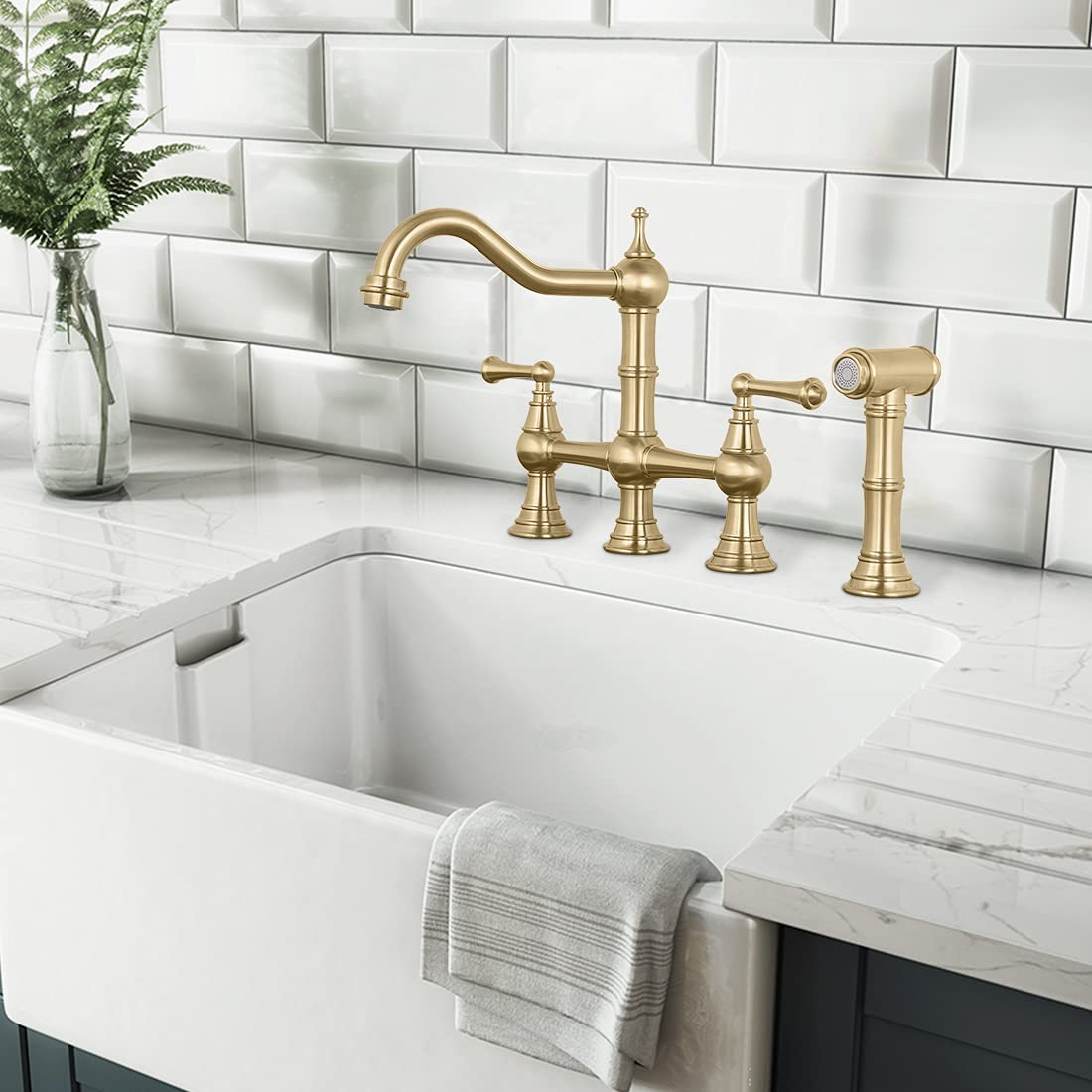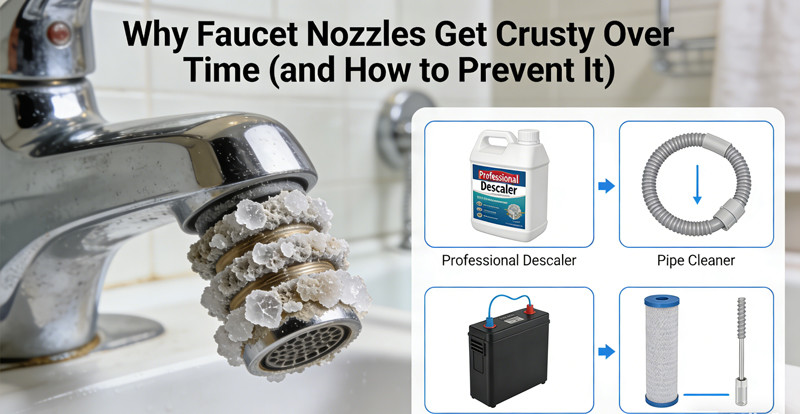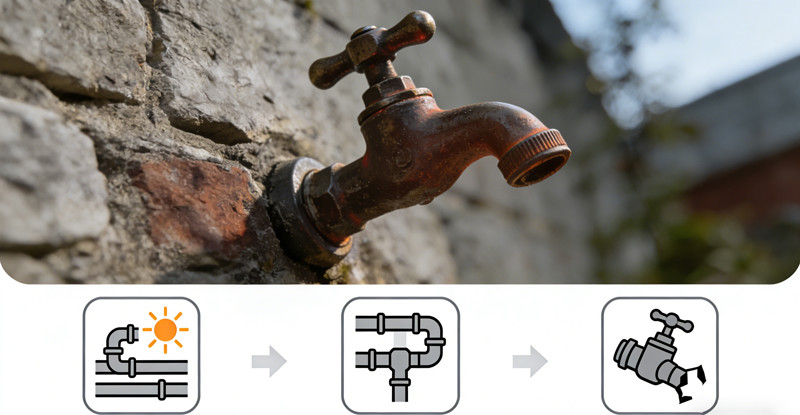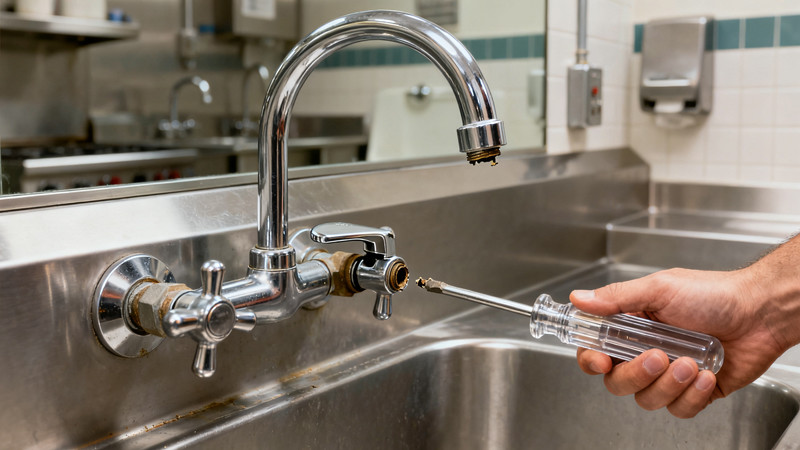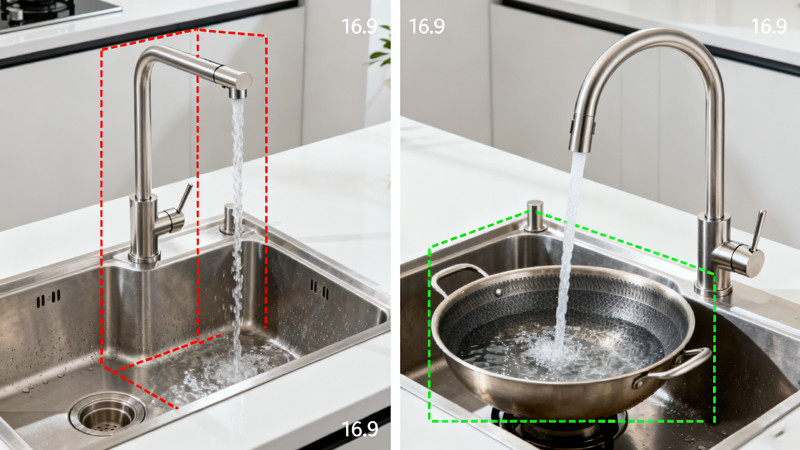Faucets are among the most-used fixtures in any household, quietly working behind the scenes every day. But over time, even the most reliable faucet can start to drip, leak, or lose efficiency. One of the most common culprits behind these issues? Worn-out faucet seals. Knowing how often to replace faucet seals is a key part of proper maintenance, helping to prevent water waste, damage to fixtures, and frustrating repairs.
In this post, we’ll explore the role faucet seals play, signs that they need replacing, how often you should replace them, and some tips for extending their lifespan.
What Are Faucet Seals?
Faucet seals are small but essential components that keep water flowing only when you want it to—and stop it completely when you don’t. They prevent leaks by creating watertight barriers inside the faucet’s internal mechanisms.
Depending on the faucet type (compression, ball, cartridge, or ceramic disk), seals may include:
- O-rings – Rubber rings that prevent leaks around the base or spout
- Washer seals – Common in compression faucets; control water flow when the handle is turned
- Valve seat seals – Create tight closures between moving parts inside the valve
Each of these plays a different role, but they all share a common trait: they wear down over time due to water pressure, friction, mineral buildup, and general use.
How Often Should You Replace Faucet Seals?
There’s no one-size-fits-all answer, but in general, faucet seals should be inspected every 2–3 years and replaced every 4–5 years, or sooner if signs of wear appear.
Factors that influence how often you should replace faucet seals include:
- Usage Frequency: Heavily used faucets (like in kitchens) wear out faster.
- Water Quality: Hard water with high mineral content breaks down rubber seals quicker.
- Faucet Type and Quality: Premium faucets with ceramic seals last longer than basic models with rubber washers.
- Environment: Seals in outdoor faucets or utility sinks may degrade faster due to temperature shifts or exposure.
If your faucet is leaking, squeaking, or harder to turn than usual, the seals may already be compromised.
Signs You Need to Replace Your Faucet Seals
Even if your faucet seems to be working fine, worn-out seals often start showing subtle symptoms before a full-blown leak. Look out for these signs:
- Dripping Water After Shut-Off
If the faucet drips even after being tightly closed, the seal is likely worn or cracked. - Reduced Water Pressure
Debris or mineral buildup around deteriorating seals can partially block water flow. - Handle Stiffness or Looseness
Damaged O-rings or internal gaskets can affect how the handle feels during operation. - Visible Cracking or Wear
During a routine inspection or when disassembling the faucet, cracked or brittle seals are a clear sign they need replacing. - Water Leaks Around the Base or Handle
Leaks around the base usually indicate O-ring failure, especially in single-handle faucets.
Catching these signs early can save money on repairs and prevent more serious damage to your plumbing or cabinetry.
Why Replacing Faucet Seals Matters
A single dripping faucet can waste up to 3,000 gallons of water a year—enough to fill a backyard pool. Beyond the environmental impact, worn seals can lead to:
- Increased water bills
- Water damage to cabinets or flooring
- Corrosion of faucet internals
- Mold growth from long-term leaks
Regularly replacing seals is one of the most affordable and effective ways to keep your plumbing system in good shape.
How to Replace Faucet Seals
If you’re comfortable with basic DIY repairs, replacing faucet seals is typically a straightforward process:
- Shut off the water supply under the sink.
- Plug the drain to prevent losing small parts.
- Disassemble the faucet using the appropriate tools (hex key, wrench, or screwdriver).
- Inspect and remove old seals — look for O-rings, washers, or gaskets.
- Clean all internal surfaces with vinegar or a mild cleaner to remove mineral deposits.
- Install new seals matching the same size and type.
- Reassemble the faucet and test for leaks.
Always consult the manufacturer’s manual or diagrams for your specific faucet model to ensure you’re installing the right replacement parts.
Tips to Extend the Life of Your Faucet Seals
While seals inevitably wear out, you can take steps to make them last longer:
- Use a water softener if your home has hard water. This reduces mineral buildup that erodes rubber components.
- Operate faucet handles gently to avoid over-stressing the seals.
- Clean your faucet regularly, especially the aerator, to prevent clogs and pressure issues.
- Inspect annually for early signs of wear or leaks.
- Use manufacturer-approved replacement parts, especially for high-end or designer faucets.
Spending a few minutes on seal maintenance each year can save you from unexpected plumbing disasters later on.
Conclusion
So, how often should you replace faucet seals? While the general guideline is every 4 to 5 years, the real answer depends on your faucet type, usage, and water quality. The key is not to wait until a leak appears—proactive maintenance can keep your faucets working smoothly and efficiently for years.
Regular inspections and timely replacement of worn seals not only prevent leaks but also preserve the integrity of your plumbing system. Whether you’re a DIY enthusiast or prefer to call a plumber, replacing faucet seals is a small job with big benefits.
 WOWOW Faucets
WOWOW Faucets
